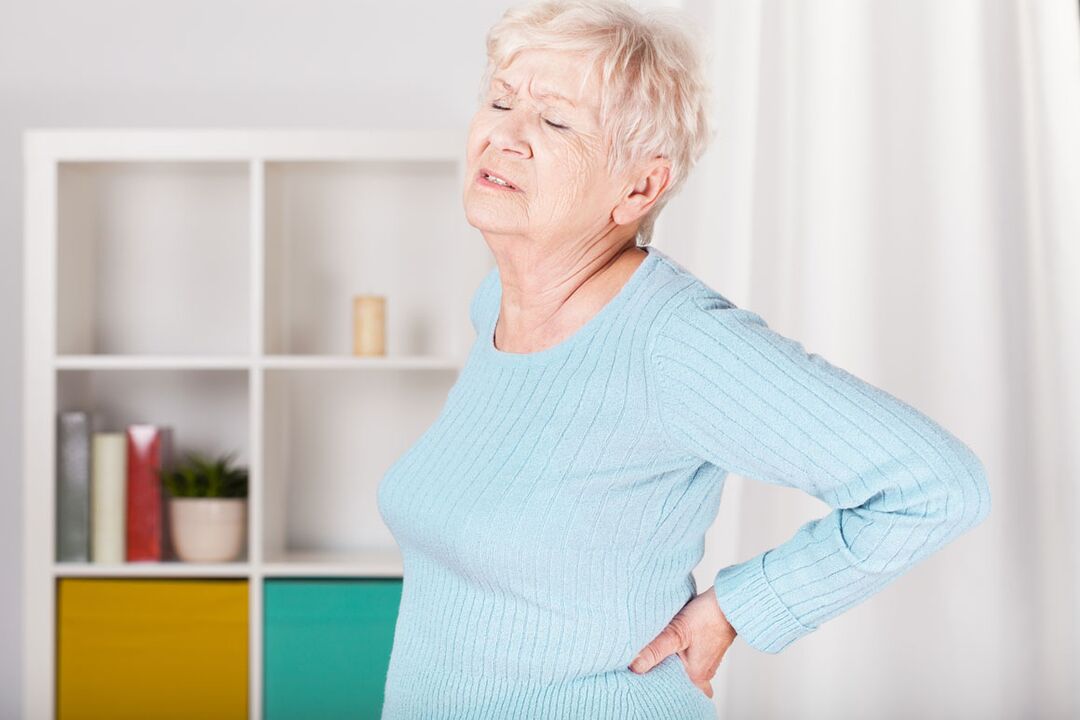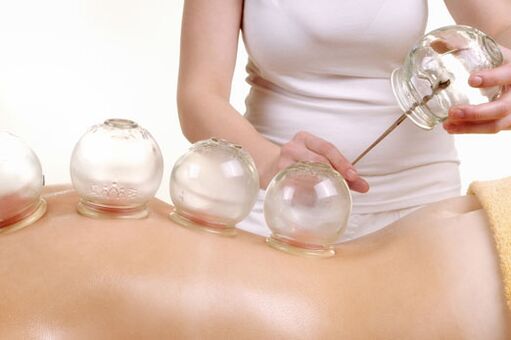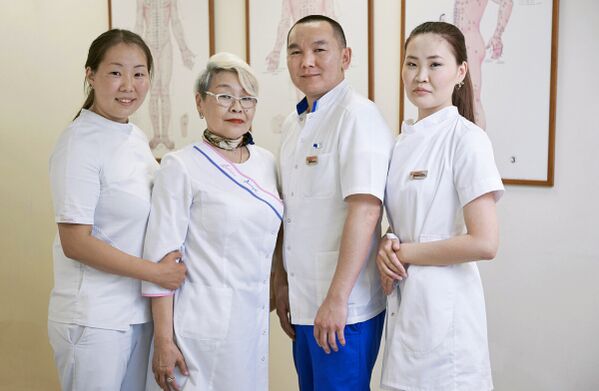Each of us has experienced back pain at least once - from mild weakness to severe thoracolumbalgia (pain in the lower back, chest area). Occasionally, lower back pain can be a manifestation of a wide range of ailments.

The most common cause of pain is spinal osteochondrosis, which occurs in most people after 35-40 years. However, it does not explain the severity and duration of the pain. To understand the nature of diseases it is necessary to have a detailed understanding of the problem and its origin.
Reasons
There are many answers to the question of why your back hurts. Dystrophic and degenerative changes in the intervertebral discs remain the main mechanisms of pain syndrome. As a result, subluxation of the joints and compression of the spinal nerve endings increase the symptoms.
Let's look at the different causes of low back pain:
- Major diseases of the spine: interstitial hernias, osteochondrosis, spondylosis, kyphosis, scoliosis, arthritis.
- Injuries, bruises, fractures, tumors. They are referred to as secondary causes of pain syndrome.
- Cardiovascular diseases.
- Nephrological: sand or kidney stones.
- Pain in women may additionally appear with gynecological problems and even during menstruation.
Factors causing pain syndrome:
- Sedentary lifestyle, sedentary work. This item includes a long stay of the car or computer monitor behind the wheel;
- Excess weight, obesity;
- Pregnancy involves a combination of weakened spinal muscles and weight gain;
- Excessive physical activity (in daily life or in the gym);
- Hypothermia of the body.
Possible diseases
The nature of the pain directly depends on the disease that caused the symptom. In primary pathology (arthritis, intervertebral hernias), lumbar pain aches monotonously: the pain increases or decreases with a change in body condition. It is accompanied by a feeling of numbness of the goose bumps, burning, alternating lower extremities. The dull pain observed with lumbar sciatica is felt not only in the back but also in the buttocks, legs and thighs.
Diseases of the internal organs (angina pectoris, pyelonephritis) So, during gynecological problems the lower abdomen is additionally bothered and cardiovascular pathologies are marked by difficulty breathing and shortness of breath.Important! Specific pain in the lumbar region with high fever may be a manifestation of an emergency condition - renal or biliary colic, unstable angina pectoris.
Acute osteochondrosisis manifested by acute, shooting pain - lumbar ("lumbago"), radiation to the leg, cough in the pelvis or rapid movement. Herniated discs have characteristic features:
- Bending is impossible without first crushing;
- difficult to lift without support (chair, knee);
- In a prone position the patient is forced to lay on a pillow.
Fractures and dislocationsare accompanied by severe, increasing pain, swelling of the injured area. The skin above the painful surface changes color to blue or red (depending on the nature of the lesion).
How to get rid of low back pain
Excessive physical activity or prolonged exposure to the drawing will cause back discomfort in the near future. Let’s take a closer look at the simple and quick help with familiar, irritating pain.
If you have pain syndrome after hypothermia of the spinal cord or inflammation of the roots, a warm shower will help. Any physical activity after bath procedures is contraindicated. Pain relieving ointments provide warming, soothing and anti-inflammatory effects.
Pain during osteochondrosis can be reduced with anti-inflammatory ointments and gels, as well as special exercises to release the intervertebral discs and muscle corset.
Bruises or sprains cause increased swelling. A dry cold compress (with a cloth wrapped in ice from the freezer) will help reduce or prevent it. Use a painful focus every half hour for two days for half an hour.
We must remember that only a specialist can correctly determine the cause of pain and devise a treatment program. Therefore, if you have alarming symptoms, we recommend that you register for a consultation at our clinic.
Treatment and prevention of back pain
Western medicine is represented in three main therapeutic directions:

- Medicinal;
- no drugs;
- Surgical.
Medical treatment involves taking pills and external use of ointments, gels, patches. The main groups of drugs:
- Nonsteroidal anti-inflammatory drugs - NSAIDs (relieves pain, inflammation);
- heparin ointments (relieves swelling, improves venous drainage);
- Papaverine ointments (pain relief, pain spasm relief, vasodilation);
- Chondroprotectors (cartilage tissue repair);
- Muscle relaxants (excludes muscle tension).
A course of injections is prescribed for the prevention of chronic conditions. The course of treatment for low back pain almost always includes injections of B vitamins. They improve metabolic processes and restore nerve fibers, destroy the work of the central and peripheral nervous systems, and restore impulse transmission. Analgesics are added to the composition of the drug to increase the therapeutic effect. Vitamins are combined with nonsteroidal anti-inflammatory drugs.
Doctors perform therapeutic blockades in acute conditions. Most often they are used in diseases of the spine and joints. The doctor prescribes anti-inflammatory drugs and adrenal hormones. Prednisolone or dexamethasone (the main representatives of the group) anesthetize the affected area, relieve swelling.
Non-drug therapy includes physiotherapy - massage, cold (cryotherapy), warming of the affected areas. Physiotherapy is usually prescribed in subacute conditions or during remission.
Surgical treatment. Surgical intervention is used in extreme cases - malignant tumors, destruction of the spinal cord, compression fractures. Surgical treatment of herniated discs leads to professional controversy: the positive effects of surgery often do not justify themselves and the risk of complications is very high.
Preventive measures:
- Do morning exercises, be sure to include exercises to stretch your spinal muscles.
- Proper nutrition. Fried, salty, starchy foods, alcohol should all be excluded - all of which contribute to the development of gastrointestinal diseases. It is necessary to add fiber, vitamins to the diet, cook meat and fish on steam or in the oven. To improve blood circulation and produce intra-articular fluid, it is recommended to drink up to 1. 5 liters of water (in the absence of contraindications).
- Observe your posture.
- Walk or exercise periodically while sitting.
- It is advisable to sleep on orthopedic pillows and mattresses.
Treatment at Tibetan Medicine Clinic
Tibetan traditional medicine considers Lumbodinia a violation of three constitutions. An angry dosha bile spasms the back muscles. Excited mucus leads to endocrinological problems, metabolic disorders. Excess wind of the constitution (responsible for the nervous system) exacerbates the disharmony of the other two constitutions.

Eastern physicians not only help to eliminate the symptoms, but also to understand the cause of the disease and deal with it.
The clinic will not offer to "block" the problem of pills, hormones and injections. After diagnosing the disease using ancient oriental techniques, the patient will receive an individual treatment plan. A basic example of treatment used by Tibetan medical practitioners:
- Nutrition correction and restoration of mental comfort, emotional background.
- Herbal medicine. Herbal and herbal remedies deal with the problem from the inside out. Tibetan multicomponent preparations restore the balance between the three constitutions "wind", "sludge", "bile". Unique collections not only stop the symptom, but also have a healing effect on the whole body.
- Acupuncture. The action of the needles on the bioactive points relieves the spasm of blood vessels and muscles, increases blood circulation to the damaged areas of the spine.
- Acupressure massage. The specialist connects the points of the energy meridians with the fingers, working with chronic diseases of the internal organs.
- Vascular massage (vacuum) improves microcirculation not only in painful areas, but in the whole organism.
- Maxotherapy. The worm cigar restores the balance of the three doshas, the integrity of the whole system. Stone therapy. Cold and hot stones neutralize swelling and inflammation.
- Tsubotherapy is one of the pirate options using iron balls. Tiny balls are applied with a plaster to the bioactive spots for up to 2 weeks.
- Hirudotherapy - cleansing the dead body with rain, normalizing the body's metabolic processes.
The effectiveness of Tibetan methods in the treatment of diseases of the musculoskeletal system has been and is proven by our patients.

















































